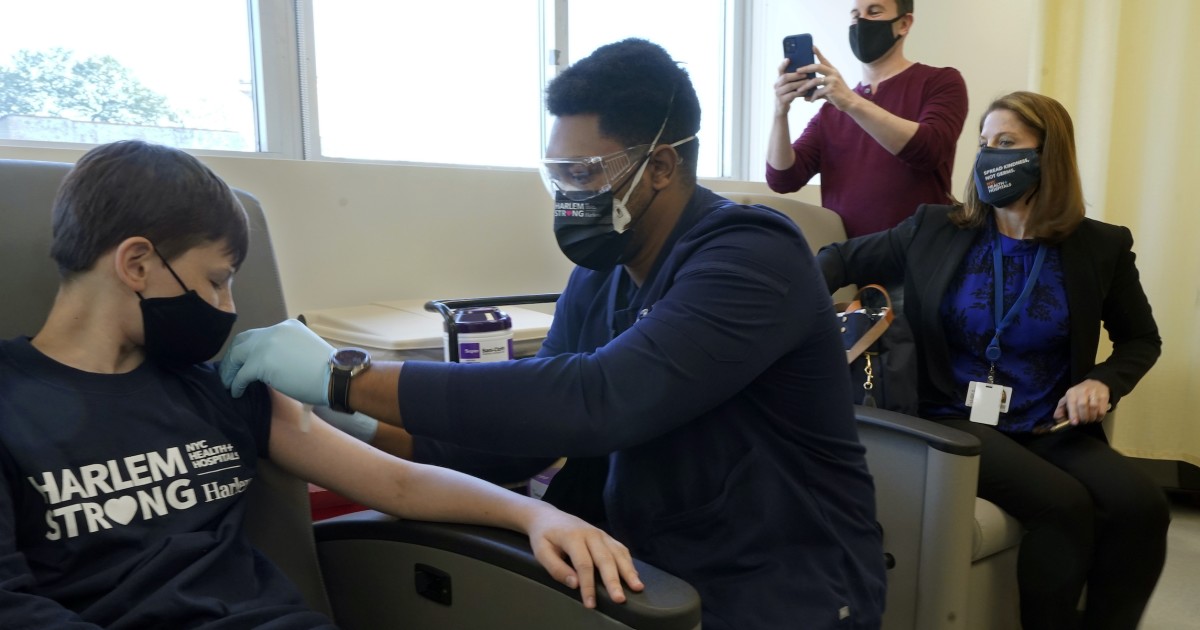
The number of children hospitalized because of COVID-19 is likely much lower than reported, according to a new study from Stanford University researchers.
“Our goal is to make sure we have accurate data on how sick children are getting,” Dr. Alan Schroeder, a co-author of the report and a pediatric critical care researcher at Stanford, told USA Today. “If we rely on hospitals’ positive SARS-CoV-2 test results, we are inflating by about twofold the actual risk of hospitalization from the disease in kids.”
MASKS FOR SCHOOL CHILDREN ARE THE NEXT BATTLE IN PANDEMIC RECOVERY
The pediatric infectious disease researchers at Stanford University collected data on 117 children who were admitted to Lucile Packard Children’s Hospital from May 2020 to February 2021. While some of those children initially went to the hospital for reasons unrelated to the coronavirus, they tested positive for COVID-19 after they had been admitted. The hospital categorized all of them as coronavirus-related admissions.
“Hospitals have increasingly transitioned to universal screening for all hospitalizations in order to direct infection control precautions,” the report said. “Given the high proportion of asymptomatic or mild disease in children, pediatric [COVID-19] hospitalization rates may … overestimate the true burden of disease.”
The Stanford researchers assessed admission records to determine which of the hospitalized children would have been admitted if it were not for the positive COVID-19 test result. They concluded that COVID-19 was the cause for 64 hospital admissions, while it is unlikely that COVID-19 led to the other 53 hospitalizations.
Several limiting factors to the study exist, indicating that further surveillance of infections in children is necessary to understand the full scope of the virus’s effect on children.
“Just knowing that a child is hospitalized and has the virus is not enough information to determine if they are actually sick with COVID-19,” said Dr. Roshni Mathew, the study’s lead author and pediatric infectious disease expert at Stanford.
The study’s sample size, for instance, was very small relative to other parts of the country where infection rates were higher. Hospitalizations of children were also rare overall, as parents were apprehensive during the pandemic to bring their children to emergency rooms and clinics for fear of contracting COVID-19 themselves.
MANY STATES AND CITIES ARE WARY OF LIFTING MASK MANDATES DESPITE CDC BLESSING
The coronavirus has been shown to affect children less severely than older adults and those with underlying health conditions. The Centers for Disease Control and Prevention reported in March that “less than 10% of COVID-19 cases in the United States have been among children and adolescents aged 5–17 years.” Similarly, the American Academy of Pediatrics has reported that children represented 14% of total cumulative COVID-19 cases during the pandemic, adding that “the available data indicate that COVID-19-associated hospitalization and death is uncommon in children.”
